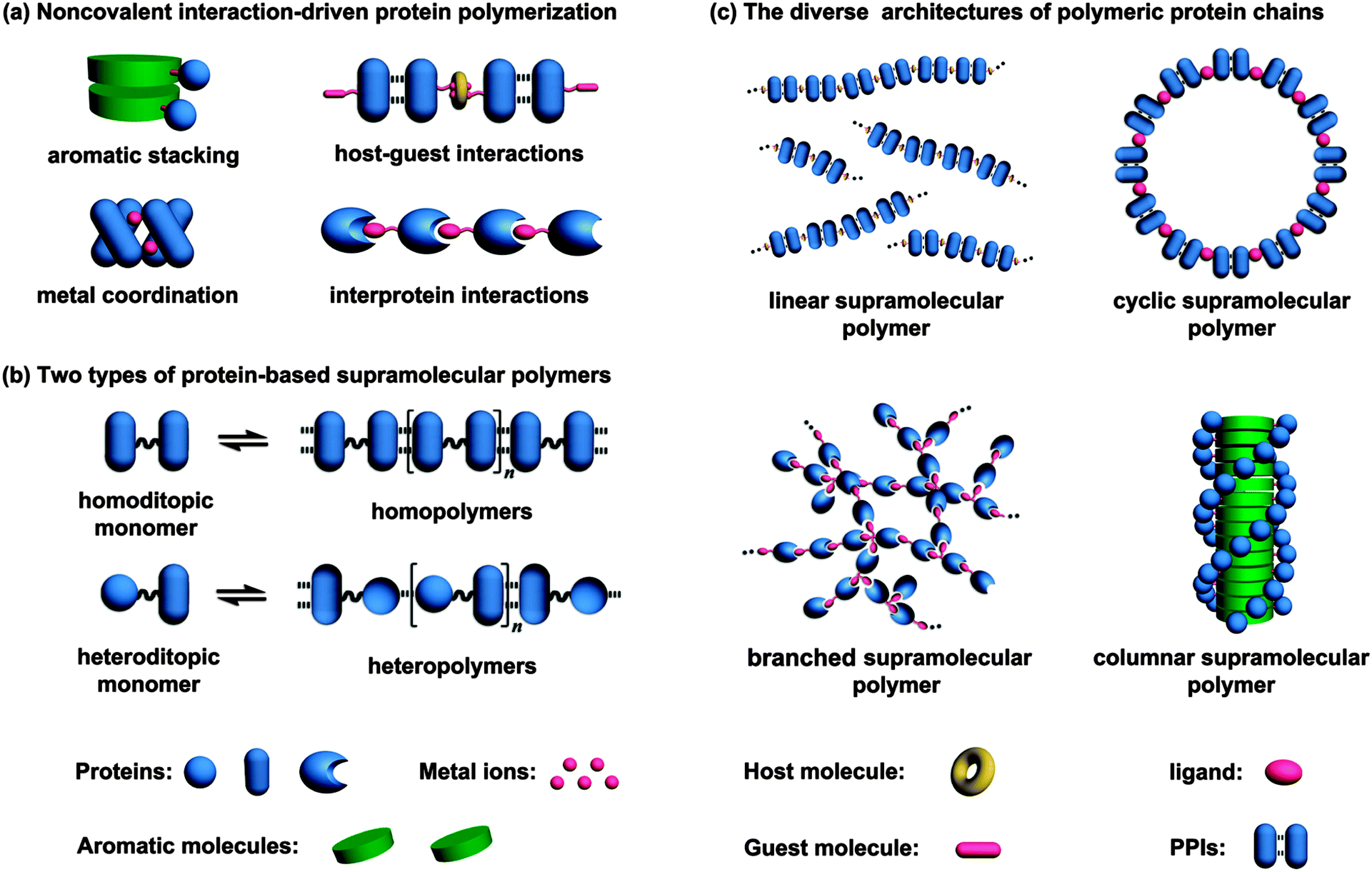When it comes to 3D printing, the sky is the limit. As 3D printing technology continues to advance, applications can be as far reaching as airplane and automobile parts to medical devices and even anatomically correct, biocompatible models. Although 3D printing technology is developing at a rapid pace, the technology itself is not new. It emerged in the 1980s as a means of creating rapid prototypes. In recent years the applications for 3D printed models have evolved with the available hardware, software, and printable materials. Evolving technology, paired with the creative and innovative minds of scientists, engineers, and physicians, has been the launching pad for developments within 3D printing technology specific to healthcare. One way 3D printing technology is poised to create better patient outcomes is in creating an anatomically and patient-specific models to aid in surgery and medical procedures. With the capability to 3D ...

In case you’ve never heard of supramolecular materials, here some interesting news: You are made of them! A good definition of supramolecular materials was given in a review, “Stimuli-responsive supramolecular polymeric materials,” in 2012:
Supramolecular materials, dynamic materials by nature, are defined as materials whose components are bridged via reversible connections and undergo spontaneous and continuous assembly/disassembly processes under specific conditions. On account of the dynamic and reversible nature of noncovalent interactions, supramolecular polymers have the ability to adapt to their environment and possess a wide range of intriguing properties, such as degradability, shape-memory, and self-healing, making them unique candidates for supramolecular materials.
Supramolecular (supra meaning “above” in Latin) chemistry looks at ways molecules assemble into more complex structures. Common examples of natural supramolecular materials include DNA (which forms a double helix using reversible hydrogen bonding and pi-stacking) and polypeptides (assembling themselves into proteins carrying unique functions); reversible DNA-protein and protein-protein interactions on all steps of cell growth; as well as antigens, which fit into an antibody or a cell receptor like a key in a lock. In addition, a cell membrane of every cell in a living body is just one big, supramolecular assembly with many complex functions.
Cooperative Forces
The forces forming supramolecular materials are weaker than the covalent bonds, but acting cooperatively they achieve tremendous results, including hydrogen bonding, hydrophobic forces, van der Waals forces, pi-pi interactions, metal coordination, and electrostatic effects. The key to versatility of supramolecular structures lies in their flexibility and stimuli-responsiveness, as they can change and adapt to the environment. So when we want to mimic nature and to integrate man-made materials into living systems (such as for implanted medical devices), supramolecular materials become a first choice.
To develop a functional supramolecular system will take time and effort. According to CORDIS News:
The EU-funded project SUPOCOSYS (‘From supramolecular polymers to compartmentalized systems’) is attempting to solve the problem by investigating a novel material that can be used to design, synthesise and self-assemble biomaterials that dynamically adapt their properties to human cells. Using these adaptable materials, parts of a bioartificial kidney will be made to demonstrate the material’s properties.
This ongoing five-year project, led by Dr. E.W. Meijer from Eindhoven University of Technology in Netherlands, aims to obtain “supramolecular compartmentalized systems based on specific secondary interactions.” Dr. Meijer has been working with supramolecular polymers (where monomer units are held together by supramolecular forces) for many years. In his recent publication in the Proceedings of the National Academy of Sciences of the United States of America (PNAS) he described “an engineering approach toward multicomponent self-assembly” that can “avoid off-pathway aggregates by optimizing the rate of assembly along the correct pathway,” using model chiral enantiomers of a pi-conjugated oligo(p-phenylene vinylene) derivative. The resulting structures strongly resemble a spiral staircase (on a molecular level).
Buiding Blocks
In other words, using a LEGO analogy, one can build several different objects with the same set of blocks. When we talk about self-assembly, this process is thermodynamically controlled, i.e., the “easiest” alternative structure will be assembled first. If we want more complex structures to be made, we need to control the assembly process in the needed direction … on a molecular level. According to the SUPOCOSYS project description, to design an artificial kidney the scientists need to:
… control both the depolymerization and polymerization aiming at supramolecular polymerization processes out of equilibrium; […] to design, synthesize and self-assemble materials that dynamically adapt their properties to cells that are brought in contact with these biomaterials.
Using a “concept to stepwise create folded macromolecules,” the obtained single-chain nanoparticles will be used to assemble “compartmentalized three-dimensional systems that possess functionality similar to proteins.”
Comments
Post a Comment